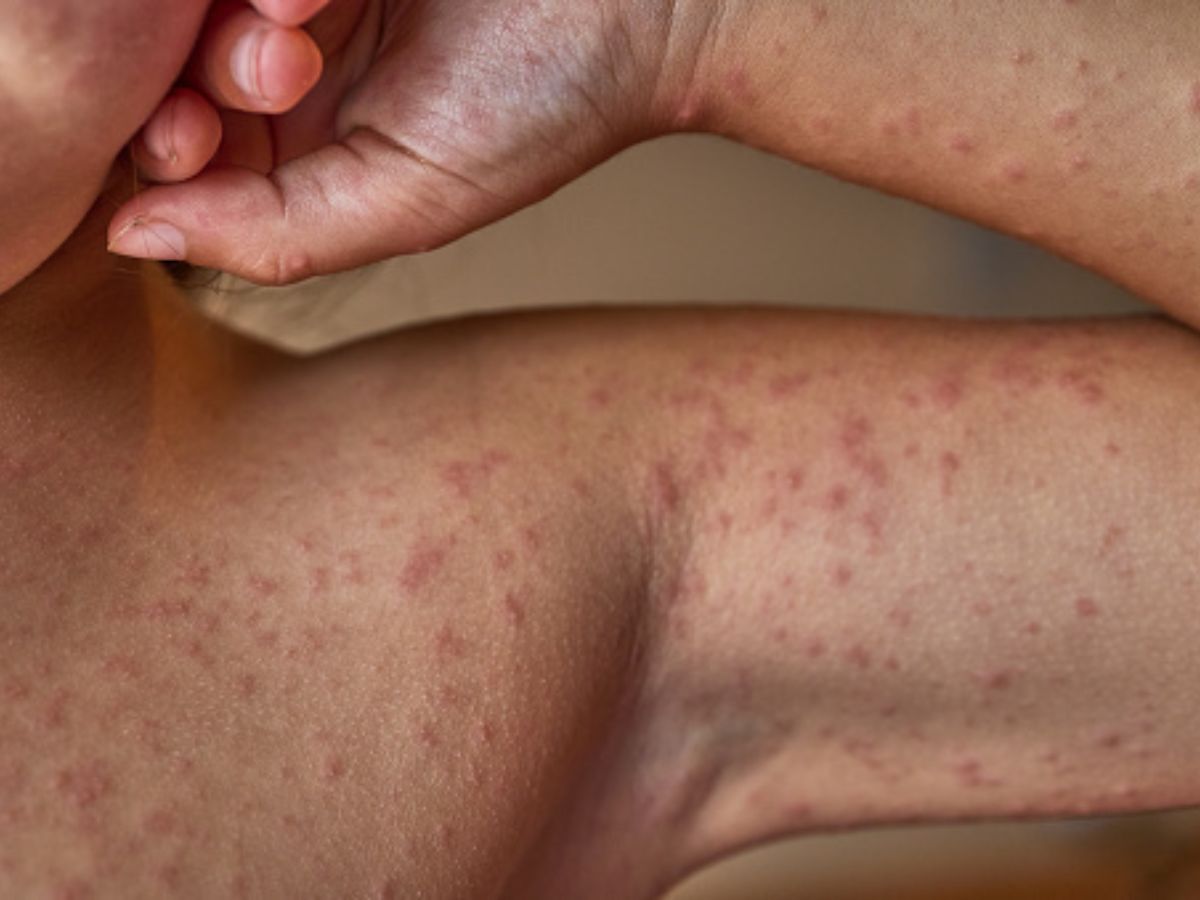An overview of Skin Allergy
What is Skin Allergy?
Skin Allergy is when your immune system responds as though it is being attacked when something touches your skin. It overreacts and releases antibodies to assist in defending against the allergen invasion. Where the material touched down, a red, itching rash appeared.
Doctors calls this contact dermatitis

Types of contact dermatitis?
Irritant contact dermatitis : is caused by chemicals like harsh cleaners.
Allergic contact dermatitis : is just like it sounds -- your body reacts to an allergy trigger.
Allergy sufferers react to things that other people wouldn't find bothersome. Allergens can be anything, from common household items like dyes and scents to plants like poison ivy.
Moreover, something in the air that settles on your skin, such as pollen, chemical sprays, powders, fibers, or cigarette smoke, may cause an allergic reaction in you. This condition is known as airborne contact dermatitis, and it typically affects the head, neck, and eyelids. Given that it doesn't seem to differ all that much from the other variety, it can be challenging for doctors to identify.
In addition to hives, skin allergies can also result in angioedema, a deep-seated swelling of the skin.
In most cases, you can manage the rash and reduce itching even if you can't prevent coming into contact with an allergic trigger. Also, you cannot give it to anyone else.
What Causes Skin Allergies?
The most common causes of skin allergies include:
1. Nickel, a metal used in jewelry and snaps on jeans, makeup, lotions, soaps, and shampoos
2. Sunscreens and bug sprays
3. Medications you put on your skin, like antibiotics or anti-itch creams
4. Fragrances
5. Cleaning products
6. Plants, including poison ivy
7. Latex, which is used in stretchy things like plastic gloves, elastic in clothing, condoms, and balloons
8. Chemicals
You're more likely to have certain skin allergies if you a have skin condition like eczema (your doctor may call it atopic dermatitis), inflammation in your lower legs because of poor circulation, itching in your private parts, or you often get swimmer's ear.
How do I Find Out What I’m Allergic To?
Your doctor can check to see what you’re reacting to, but finding the exact cause may be hard. Skin tests can only show what you're sensitive to. They can't tell what touched your skin in a specific spot on a specific day.
Doctors often use T.R.U.E. Test (rapid thin-layer skin test). A pack of 3 sheets that the doctor applies to the back. There are 12 patches, each smaller than a dollar bill, containing samples of possible allergens. Wear for 2 days. The doctor will then remove them to see if there has been any reaction. Some reactions can occur after up to 10 days, so you may need to come back a few more times. Standard he may be allergic to anything not included in the T.R.U.E. test. To find out, your doctor may do additional patch tests. Choose substances that you may come into contact with at work, at home, or during your hobbies. If you have a mild reaction to patch testing, you may need to use R.O.A.T. Test (Repeat Open Application Test). Works similarly to T.R.U.E. Test, but do it yourself. Wear suspect allergens. This will help confirm or rule out your hypersensitivity. The dimethylglyoxime test looks for metal objects that contain enough nickel to cause a reaction. You can have your doctor examine you in the doctor's office, or you can purchase a kit to test your jewelry and other items yourself.
How is skin allergy treated?
The best method is prevention. Find out what causes your rash and avoid it. You may need to wear gloves to protect your skin.
When you do have a reaction, try to ease the symptoms and prevent an infection. Don't scratch, even though that's a hard urge to resist. Over-the-counter products and home remedies can help relieve the itching and stop the swelling. Try these:
Hydrocortisone cream
Ointments like calamine lotion
Antihistamines
Cold compresses
Oatmeal baths
Talk to your doctor about what's best for your specific rash. For example, corticosteroids are good for poison ivy, oak, and sumac. They can prescribe stronger medicines if needed, too.